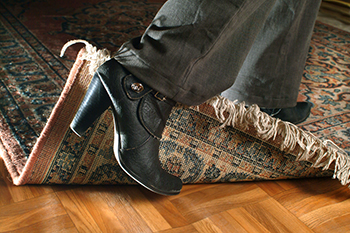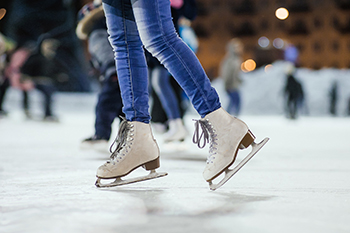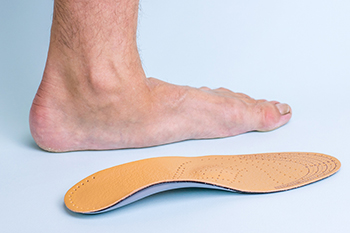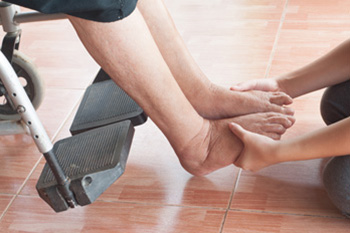
Research has indicated that approximately one in three Americans who are 65 or older will fall, which is a leading cause of hospitalization for adults in New York City. Many people develop a fear of falling, and this can be detrimental to completing daily chores and experiencing new activities. When people fall, their feet are often negatively affected. Ankles or toes may be broken, and this can cause severe pain and discomfort. There are simple prevention techniques that can be implemented to help prevent painful falling episodes. These can include incorporating gentle exercise and stretching routines into the daily regime, clearing clutter in the household, and improving lighting in the living area. Additionally, it is beneficial to have regular physical examinations performed, as this is helpful in monitoring existing medications. Glasses can be updated when the eyes are checked, and it is beneficial to have this done annually. Wearing shoes that fit correctly can be helpful in possibly preventing falls, and maintaining proper foot care is essential in having the feet feel good. Some people find it useful to have grab bars installed in the bath and toilet area, in addition to using a bathmat. If you would like to know about how to protect the feet and how to reduce the number of falls, please ask a podiatrist who can answer any questions you may have.
Preventing falls among the elderly is very important. If you are older and have fallen or fear that you are prone to falling, consult with Dean Kim, DPM from Greater Texas Foot & Ankle Specialist. Our doctor will assess your condition and provide you with quality advice and care.
Every 11 seconds, an elderly American is being treated in an emergency room for a fall related injury. Falls are the leading cause of head and hip injuries for those 65 and older. Due to decreases in strength, balance, senses, and lack of awareness, elderly persons are very susceptible to falling. Thankfully, there are a number of things older persons can do to prevent falls.
How to Prevent Falls
Some effective methods that older persons can do to prevent falls include:
- Enrolling in strength and balance exercise program to increase balance and strength
- Periodically having your sight and hearing checked
- Discuss any medications you have with a doctor to see if it increases the risk of falling
- Clearing the house of falling hazards and installing devices like grab bars and railings
- Utilizing a walker or cane
- Wearing shoes that provide good support and cushioning
- Talking to family members about falling and increasing awareness
Falling can be a traumatic and embarrassing experience for elderly persons; this can make them less willing to leave the house, and less willing to talk to someone about their fears of falling. Doing such things, however, will increase the likelihood of tripping or losing one’s balance. Knowing the causes of falling and how to prevent them is the best way to mitigate the risk of serious injury.
If you have any questions, please feel free to contact our office located in Frisco, TX . We offer the newest diagnostic and treatment technologies for all your foot care needs.






